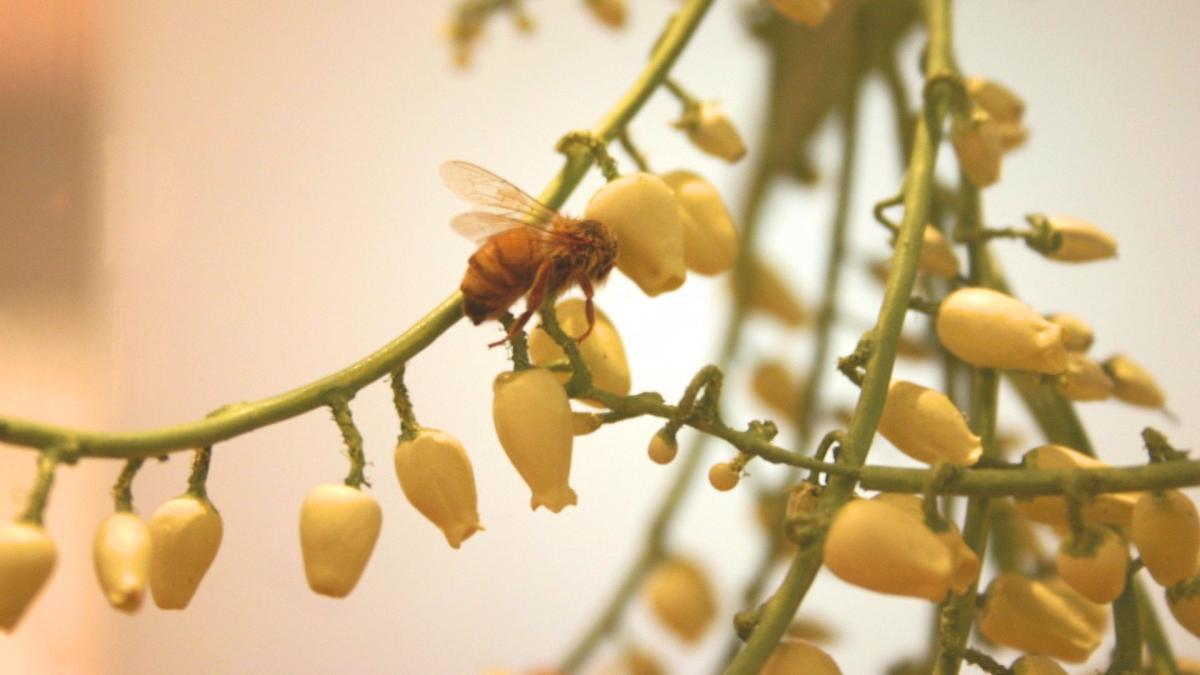Sourwood: A Treat from the Bees

Oxydendrum arboretum
A native tree of North America, the sourwood is one of the few endemic trees that is not found on other continents unless planted, and has no related species. The name sourwood is derived from the bitter taste of its leaves. Native Americans and early colonists depended on the sourwood as an important source of medicine to aid with indigestion, asthma, diarrhea, and mouth ulcers. Farmers found its hard, durable wood excellent for tool handles and machinery bearings.
But the best-known by-product of the sourwood tree is the hard-to-find and extremely delicious honey produced from the fragrant blossoms by honeybees. It is said that it takes a bee 154 trips to make one teaspoon of honey. To gather a pound of honey, the bee would need to fly a distance equal to nearly twice around the world and would have to visit two million flowers.
What makes sourwood honey unique?
The light amber honey produced from the nectar of sourwood flowers is considered by many to be unmatched by clover, orange blossom, fireweed or any other honey. Advocates of sourwood honey claim it has a caramel or buttery flavor, rich aroma, and a pleasant aftertaste that together, make it unique.
Sourwood is a relatively insignificant forest tree, at least to the lumber industry—its commercial value today is limited to pulpwood and firewood. However, to southern mountain folks with an eye to beauty and a sense of good taste, sourwood is held in as high esteem as New Englanders treasure their sugar maples.
In the Landscape
In the fall, sourwood trees are spectacular, boasting brilliant red foliage on drooping branches. The sourwood is often used as an ornamental addition to larger trees. In midsummer, it blooms white flowers resembling lilies-of-the-valley, releasing strong fragrance and adding nice contrast against its dark green foliage. This medium-sized tree is slow growing, but once it starts to reach its height at maturity (up to 30 feet) the reward makes the wait worth it (hardiness zones 5-9). Sourwood thrive along road cuts, often sprouting from stumps left behind. It has a few pest or disease problems such as webworm and twig blight, but is easily treated.
Catch up on Prairifire Flowering Crabapple: Rose of the Tree World.

